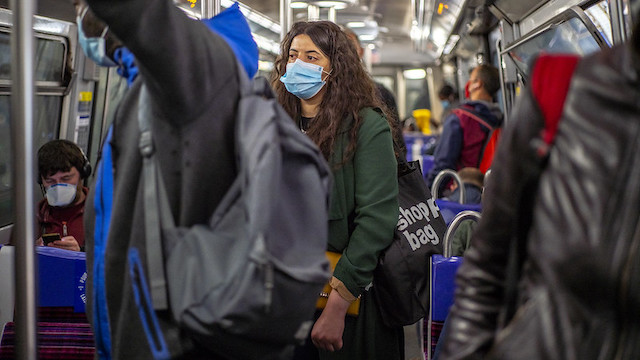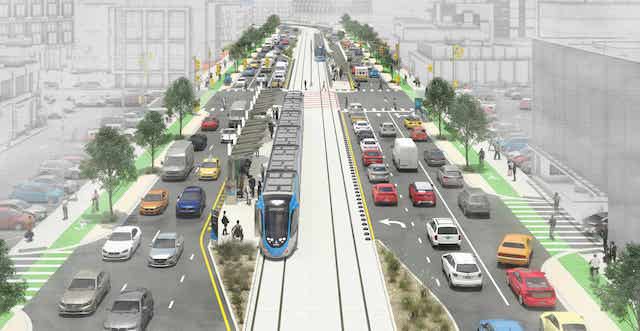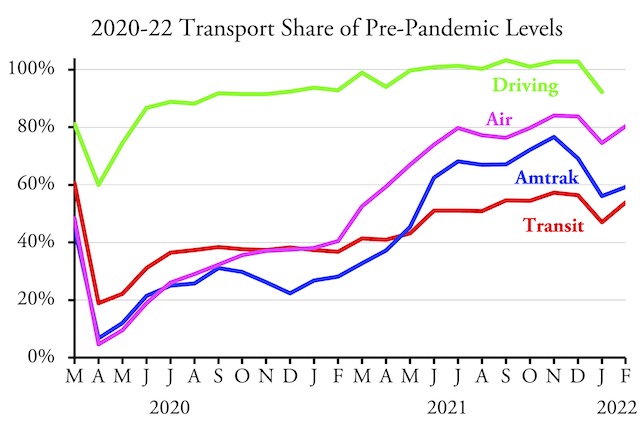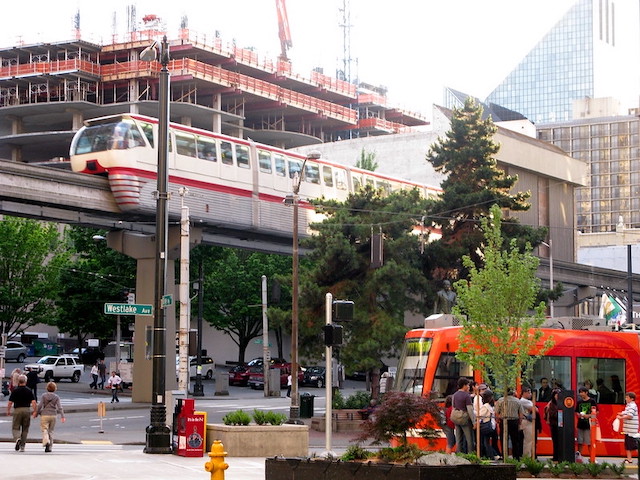To commemorate Earth Day, Memphis television meteorologist John Bryant decided to try riding the bus to work. Normally, his home-to-work journey takes about 15 to 20 minutes. His effort to protect the environment ended up taking 2-1/2 hours. Part of the problem was his unfamiliarity with the bus system, but the fastest he might have been able to make it was at least 90 minutes, partly because he had to walk a half mile from his home to the nearest bus stop and another mile to work from the nearest bus stop to his office. The few other passengers riding the bus with him were mostly too poor to own an automobile.
Despite this, he concluded more people should ride the bus. “These are the kind of sacrifices right now that we need to think about doing, even if you only do it one time,” he said, both for “reducing our carbon footprint” and for “connecting on an emotional level with citizens [who couldn’t afford cars] in the city I grew up in.” Continue reading

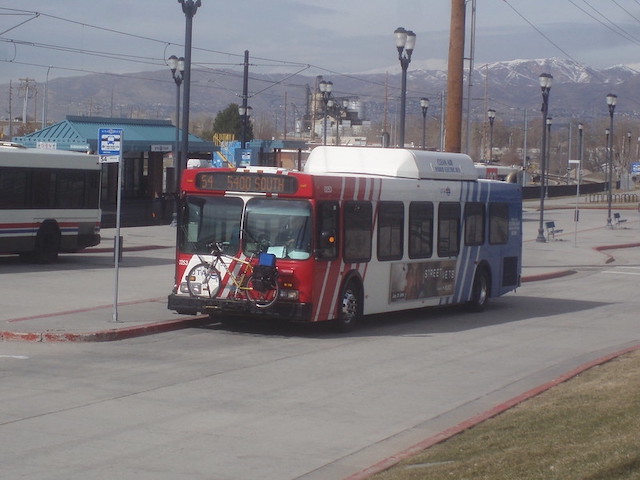
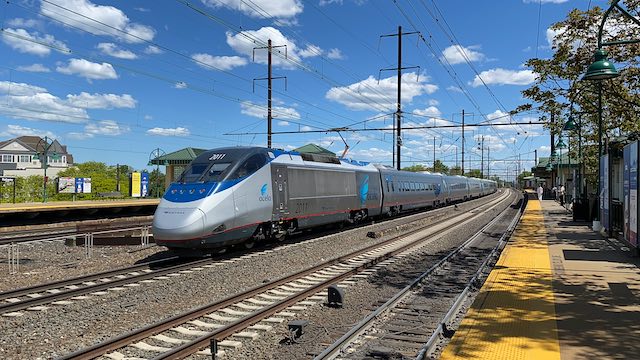
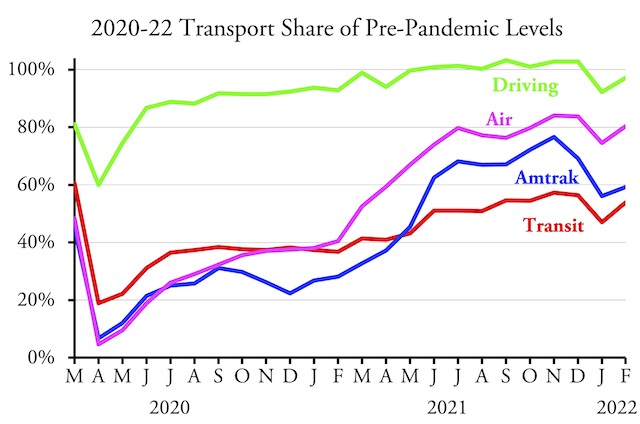
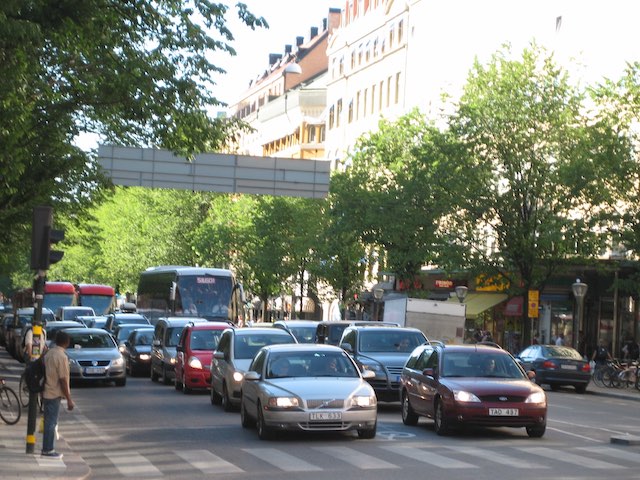
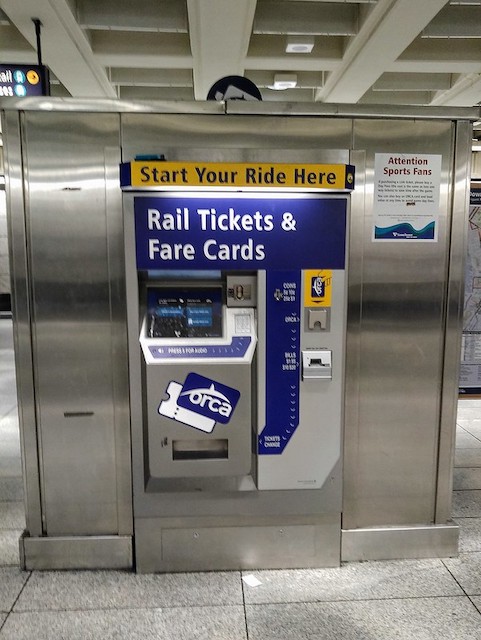 Not getting much use: a Sound Transit ticket machine.
Not getting much use: a Sound Transit ticket machine. 